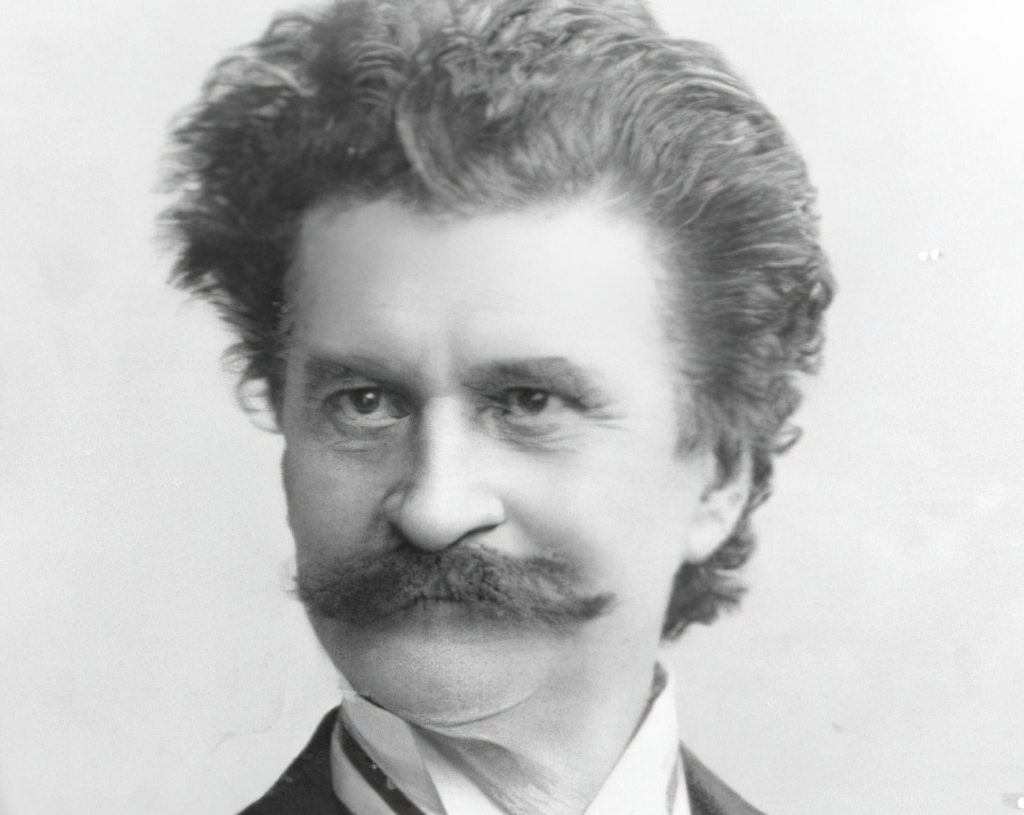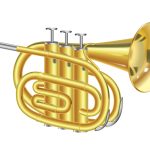
Johann Strauss II – Radetzky March
The Radetzky March, composed by Johann Strauss II in 1848, is a festive military march dedicated to Austrian Field Marshal Joseph Radetzky von Radetz. With its bright, triumphant melody and lively rhythm, the piece has become one of the most celebrated works in classical music, now closely associated with New Year’s traditions around the world.
Overview of the Piece
Originally intended to boost the morale of Austrian troops, the march features an upbeat, easily recognizable tune that naturally invites the audience to clap along. In fact, audience participation through rhythmic clapping has become a tradition at performances, turning each rendition into a shared celebration between orchestra and listeners.
Background of the Composition
Although Strauss earned fame as the “Waltz King,” this work is a march rather than a waltz. It was dedicated to Radetzky in honor of his victory in Lombardy, which elevated him to national-hero status at the time. Strauss captured that sense of triumph and patriotic pride in music that combines accessibility with festive grandeur.
Modern Reception
Today, the Radetzky March is inseparable from the Vienna Philharmonic’s annual New Year’s Concert, where it is performed as the closing encore. The sight and sound of audiences clapping along to its joyful rhythm have become a cherished symbol of the holiday season, broadcast worldwide each January 1st.
Strauss’s Radetzky March is more than a piece of celebratory music; it is a cultural ritual that unites performers and audiences alike. As a symbol of festivity and renewal, it continues to bring joy and energy to listeners across generations, securing its place as one of the most beloved marches in the classical repertoire.
The 2017 Vienna Philharmonic New Year's Concert with Gustavo Dudamel
More than 100 million songs in CD quality. 7 million in better-than-CD sound.
🎧 Start your free trial with Amazon Music Unlimited now!

